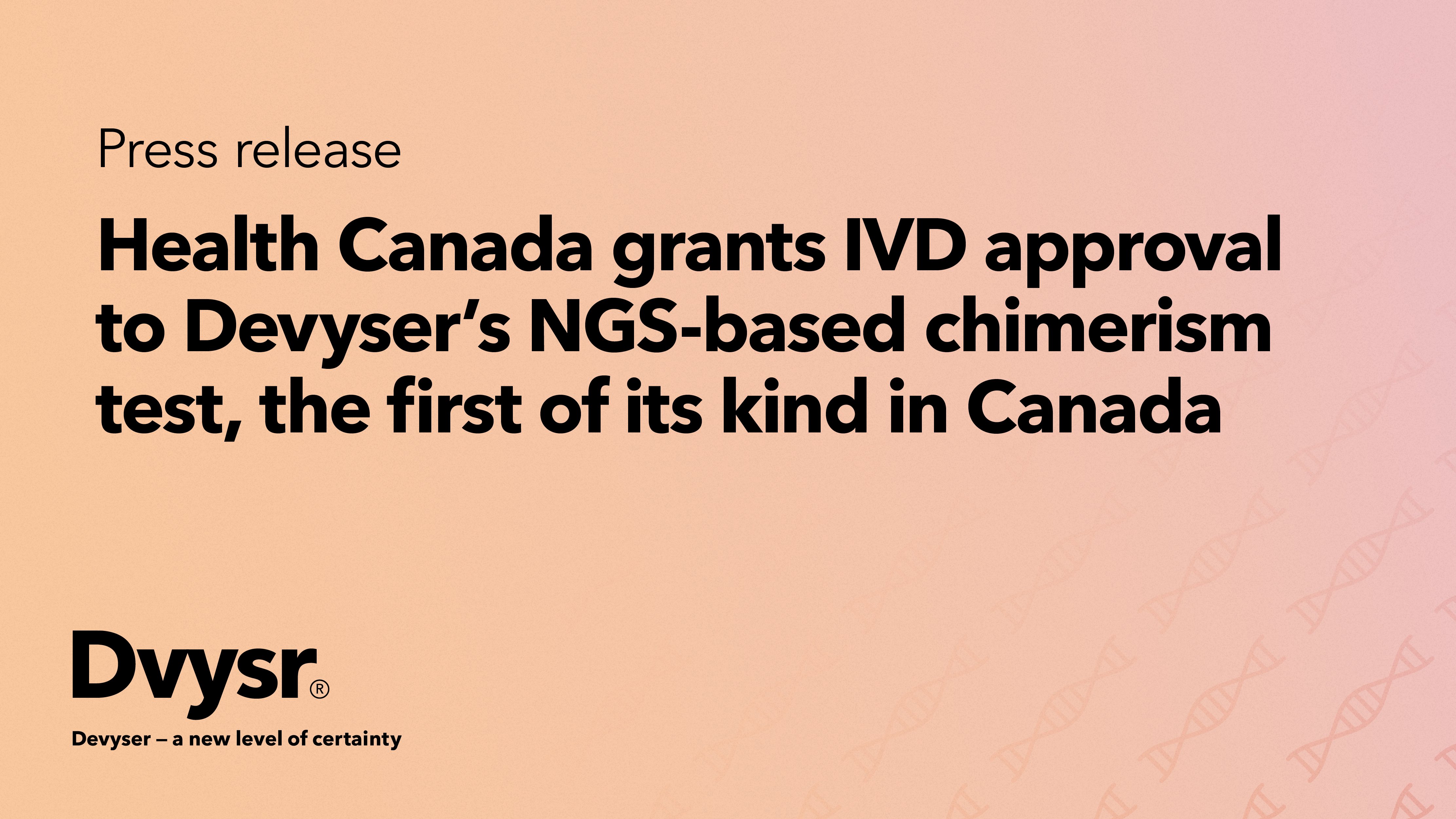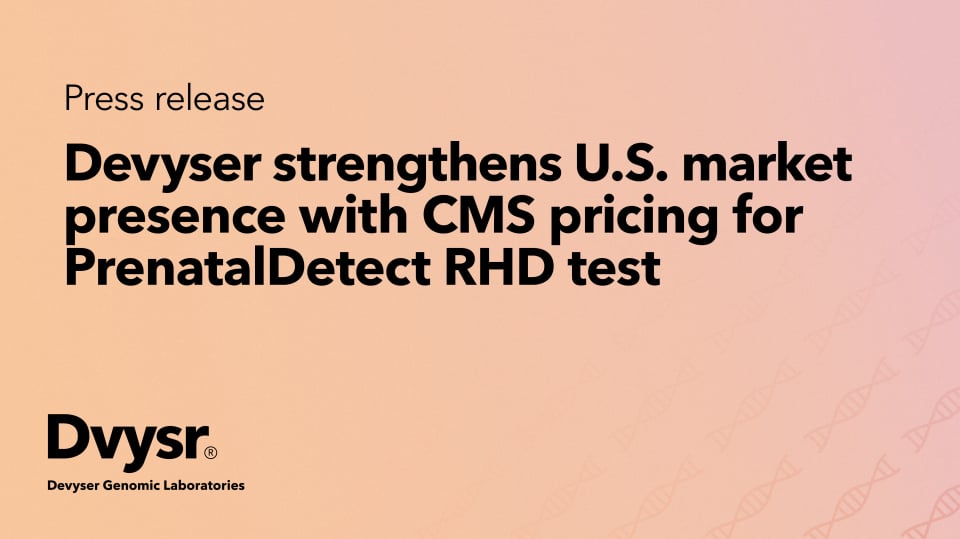Devyser wins Norwegian tender for Devyser CFTR at Oslo University Hospital
Devyser is proud to announce that the company has been awarded a tender by Oslo University Hospital...
In this paper Dr. Dan Hauzenberger, Medical Director of the Section for Transplantation Immunology at Karolinska University Hospital and Chief Medical Officer at Devyser explains that, monitoring for mixed chimerism in patients after HSCT has in several studies been shown to be of
clinical importance. The main purpose of the assay is
to verify engraftment and subsequently monitor for
the presence of MRD and potentially early detection
of possible relapse.
In this paper Dr. Dan Hauzenberger, Medical Director of the Section for Transplantation Immunology at Karolinska University Hospital and Chief Medical Officer at Devyser explains that, monitoring for mixed chimerism in patients after HSCT has in several studies been shown to be of
clinical importance. The main purpose of the assay is
to verify engraftment and subsequently monitor for
the presence of MRD and potentially early detection
of possible relapse.

Devyser is proud to announce that the company has been awarded a tender by Oslo University Hospital...
Read More

Devyser, a leading provider of advanced genetic testing solutions, has been awarded a new tender in...
Read More

Devyser is proud to announce that One Lambda Devyser Chimerism and Advyser Chimerism have been...
Read More

Devyser today announced that the Centers for Medicare & Medicaid Services (CMS) has issued its...
Read More